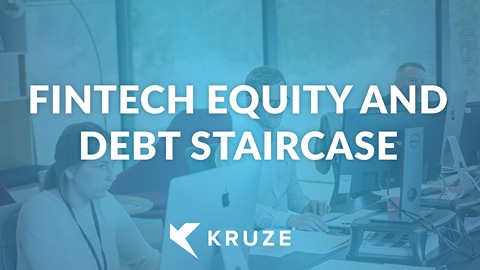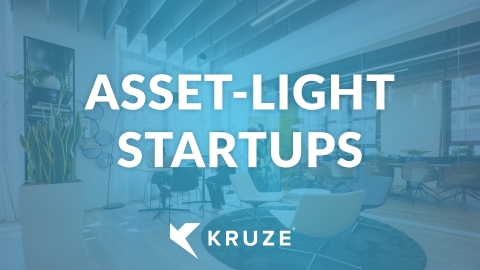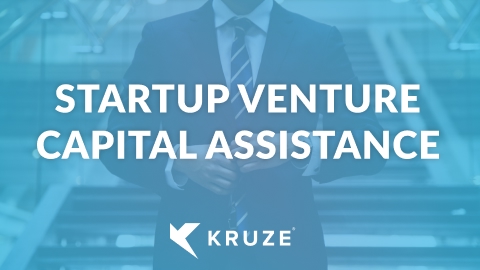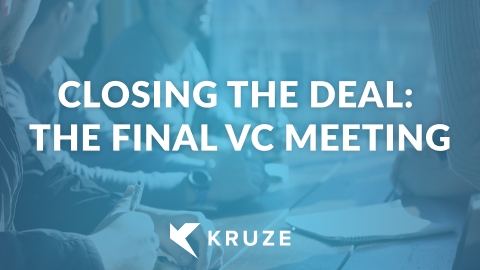
Seed rounds are usually the first material amount of institutional investor money put into a company. So it’s important for startup founders to take the right steps once you have successfully raised that funding.
Closing a seed round checklist
There are six main steps for founders should take once they’ve raised money.
Step 1: Cash Management
The first thing you need to do once you close a seed round is develop a cash management policy. This is a crucial step so try to be as clear as possible about where you are keeping your venture capital investment. Generally, you should keep some of the money in an operating account and the rest in an account that is very safe and generates some yield, like a money market savings account. Remember, you should never put venture capital into risky investments – capital preservation should be your main objective.
You can put together a cash management policy quite easily, so that your board of directors can ratify it quickly. There many templates available online.
Step 2: Establish a Corporate Credit Card
The next thing you want to do is set up a corporate credit card. If you have previously been using your personal card, now is the time to stop. Sometimes you may have to use it and then submit an expense report but, ultimately, you want separate your personal finances from your startup.
Step 3: Hire an Accountant and Set Up QuickBooks
Next, ramp up your accounting. Hiring your own accountant brings dual benefits:
- You’ll get back some of your own time since you’re not going to have to do the accounting yourself anymore.
- You’ll have a second set of eyes. It means there’s a separation of duties, which reduces the threat of errors or fraud.
Just remember to make sure your financials are accurate so that you can report good burn rate statistics to your board of directors.
You will also want to set up QuickBooks. All the best accounting firms use Quickbooks. It is a brilliant tool for startup accounting and startup bookkeeping and it integrates with all the new SaaS financial tools. You get the best of both worlds!
Step 4: Update Your Financial Model
Another thing you are going to want to do once you close a seed round is tune up your financial model. You probably will have had some sort of financial model when you were raising the your venture funding, but, if not, now’s the time to build one. Spend a bit of extra time projecting out the next couple of years in your financial model and make sure you include budget to actuals! Budget to actuals will tell you where you are overspending and underspending, and they’re a great tool for communication with the board. Understanding your typical metrics in your startup’s industry (see our post on startup statistics) will help you make good assumptions.
Step 5: Start Making Monthly Updates
Once you’ve finished the first four steps, a good thing to do after you have closed the seed round is start sending your investors monthly updates. Try and aim for early in the month to give them the best update possible. We have a great template for investor updates ready for you to use!
A lot of companies don’t do this and it puts them at risk. If they have been silent for a long time and all of a sudden they’re in a crisis, or maybe they’re short on money, when they go back to their investors asking for more money quickly, the investors don’t have any context. This could land the company in trouble. If your investor isn’t part of your journey then they won’t be able to help in the same way as they could if they knew what was going on.
Step 6: Hire a Recruiter
The final tip is to hire or contract with a recruiter! Get someone in place who can start helping you build your team.
Among our clients, something between 70-75% of all venture capital raised goes to salaries and contractors. This means you are going to need people to help build the product that you raised that money for. We often see companies missing their early plan after they raise money because they they weren’t quick enough to start the hiring engine:
- Post job descriptions
- Start interviewing
- Hire a recruiter or contractor to fill those roles faster!
Every investor wants to see you start to build your company, and a recruiter will help speed that process along.
Stay focused and be methodical
There will be plenty of things whizzing through your head once you close a seed round. These steps will help you stay focused on making progress quickly, making the best use of your funding, and keeping your investors happy.
If you have any questions about seed rounds, developing financial plans, or setting up accounting systems, please contact us. And visit kruzeconsulting.com where you’ll find tons of free resources!















